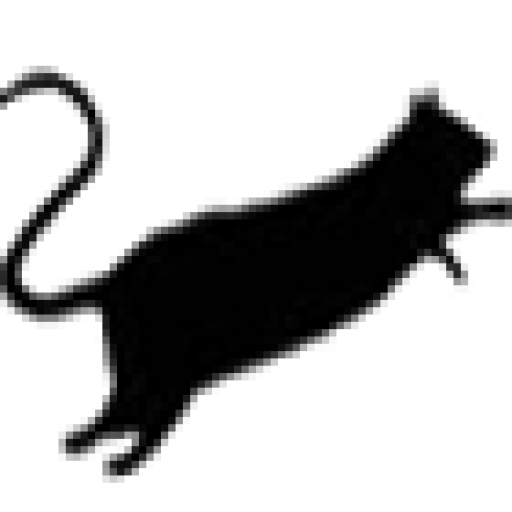
Blek le Rat, born Xavier Prou in Boulogne-Billancourt, Paris in 1951, was one of the very first graffiti artists in Paris, and is considered the originator of stencil movement.
During a trip to the United States in 1971, he discovered the first graffiti in NYC which intrigued and impressed him deeply. But when he began to paint in the street in 1981 in Paris, he chose the stencil that had a more latin style which he felt was better suited to the architecture of Paris. His first stencils were small black rats that he made run along the walls of Paris. The rat, the anagram of the word ART, is for Blek « the only animal that will survive the apocalypse ». In 1983, Blek began painting human-sized stencils. He is credited with being the inventor of the life-sized stencil, as well as the first to transform stencil from basic lettering into pictoral art.
Blek, who has influenced generations of urban artists around the world, boasts a subtle social commitment and considers his images as a gift he gives to the city. His works often represent solitary individuals that can be encountered in the urban space – women, children, old people and all kinds of contemporary characters.
In a desire to bring the people of the city closer to art, he quotes the great classics such as Caravaggio, Michelangelo, Reni or Leonardo da Vinci. “I would like to bring the characters out of museums to return them to the people of the city“.
In the mid-2000s, his work took on a more political aspect. He pastes up hundreds of posters with the effigy of the journalist Florence Aubenas, kidnapped in Iraq, in order to call for the support of the media and political actors. This event was a pivotal moment because “I became aware of my strength and my responsibility as an artist working in the public space“. That same year, he began the series of beggars to tackle the problems of the homeless. All over the world – in Europe, America or Australia, he paints the young beggar to challenge the authorities, because “sometimes”, he says, “images have more impact than reality. “

